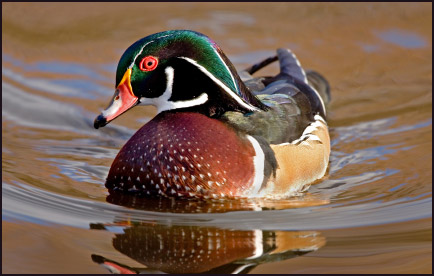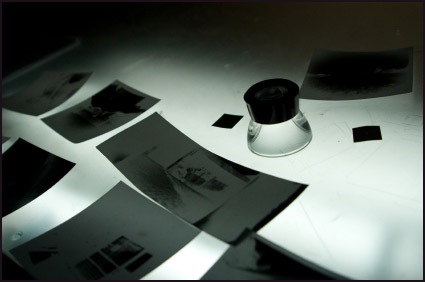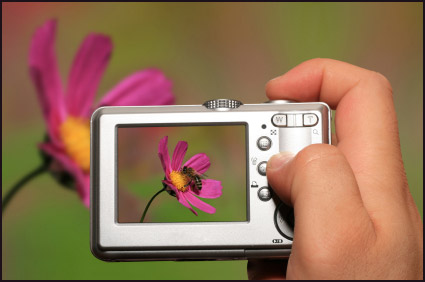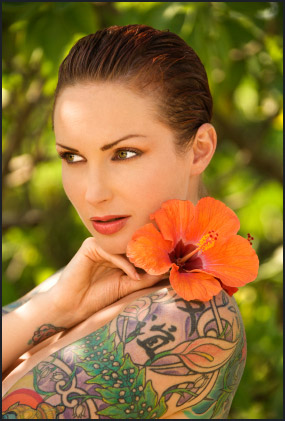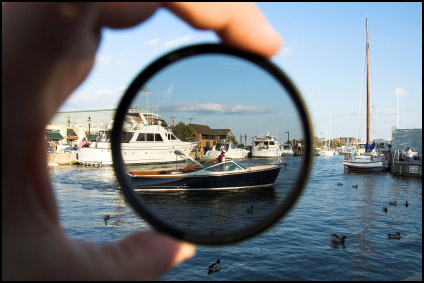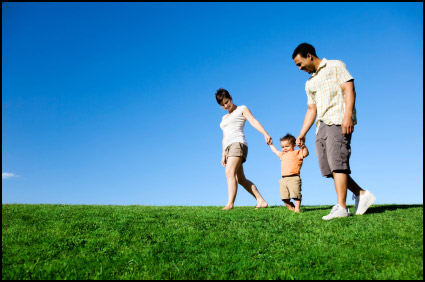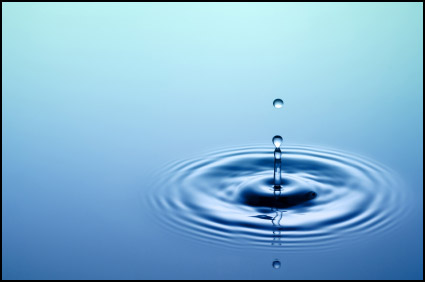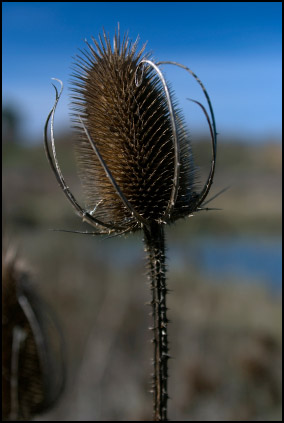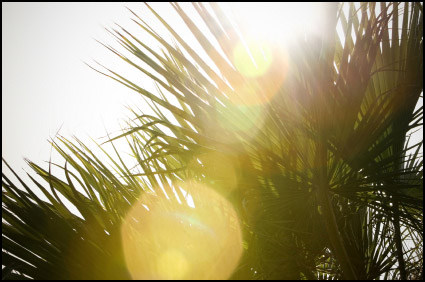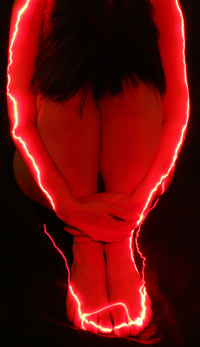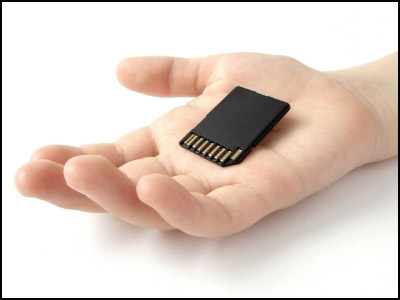For a lot of us, one big way we work on our photography skills is by making short excursions that may be only a few hours long or even less. These brief sojourns can help us refine our craft. There’s a famous saying that luck favors the prepared. I’ve got some favorite locations, which have changed over the years. Being familiar with them at various times of the day, various times of the year, and with different weather conditions is really helpful. Sometimes, these practice shots have had a drama that wasn’t in my mind when I left the house. This picture resulted from both preparedness and luck. (The location is in Foster City which isn’t too far south of San Francisco.)
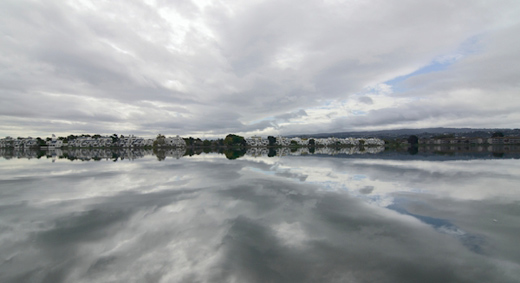
Image by Ron Cardinale
I’ve walked the shore of this lagoon many times. On this morning, a storm was approaching from the Pacific. I had an idea of what to expect so I had my wide angle zoom with me and used it at 12mm for this shot. The luck part of it was being there at the right time to catch these dramatic clouds with unusually still water. I’d taken a few other shots around the lagoon that morning but I like this one the best because the clouds and their reflection appear to converge directly across the lagoon. Despite the calm conditions on the ground, the clouds were moving along so I didn’t have a lot of time. The converging pattern was vanishing and I could see that the clouds that were moving in weren’t as dramatic as these.
One issue with such a wide angle lens when shooting a scene with bright clouds is that the lens sees a lot of those clouds so the camera’s meter very often reduces the exposure and the shot ends-up too dark. In previous shots, I had increased the exposure but that caused the loss of too much highlight detail in the clouds. The clouds are a key part of the image so it was important to hold detail in them. For this shot, I used the camera’s normal metering. The exposure was 1/500 at f/8 with ISO 100. The resulting image was dark but it held details in the clouds except right were the sun was.
I made some adjustments later at the computer. I made a quasi HDR photo from different processings of the single raw image and also made a curves adjustment. A real HDR image sequence wasn’t feasible in this situation because the clouds were moving and the water wasn’t completely still. Have fun and keep shooting!
Read a little more from Ron Cardinale at http://roncardinale.110mb.com
